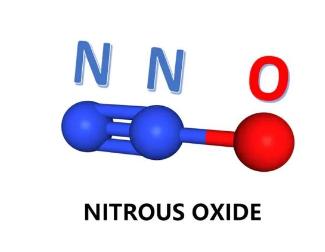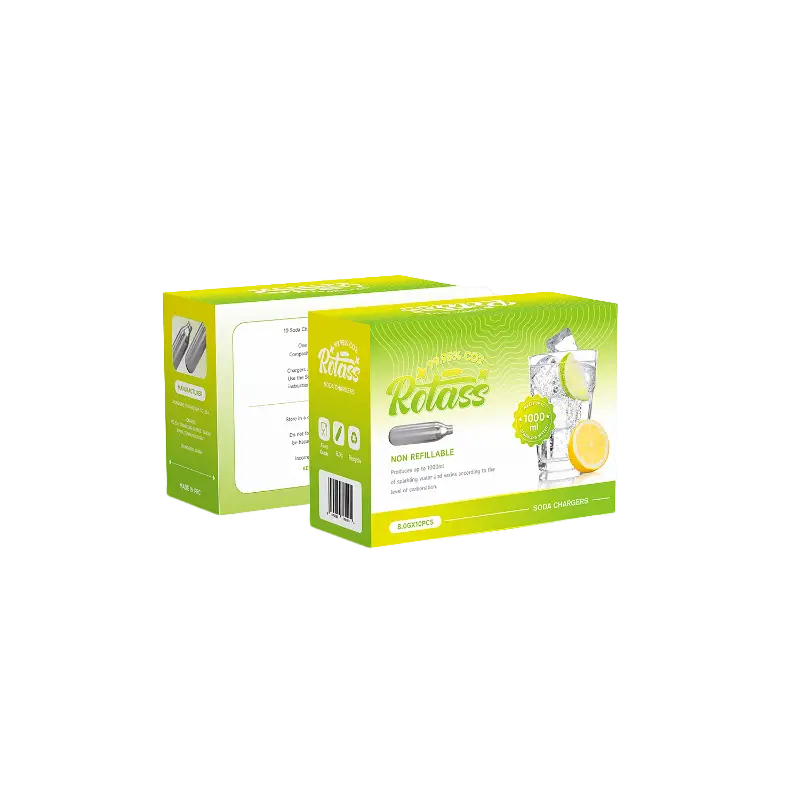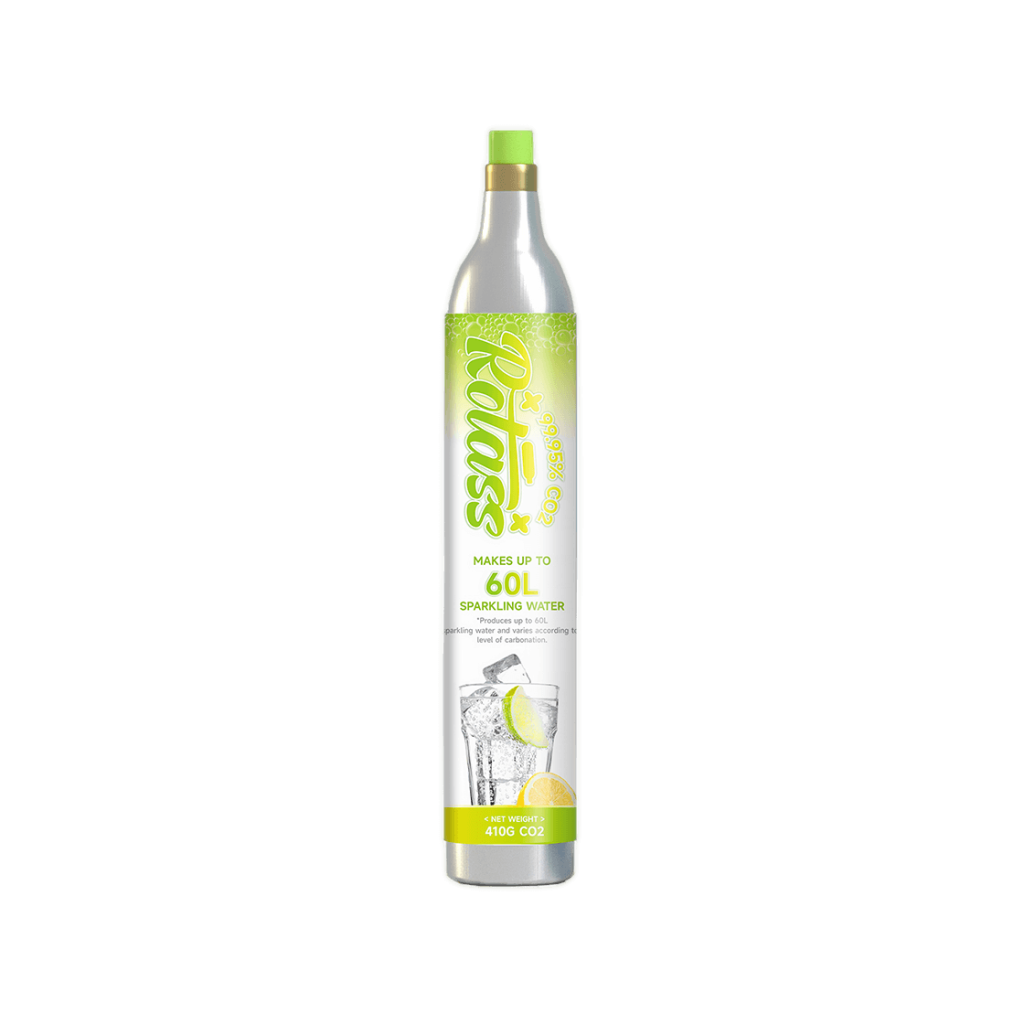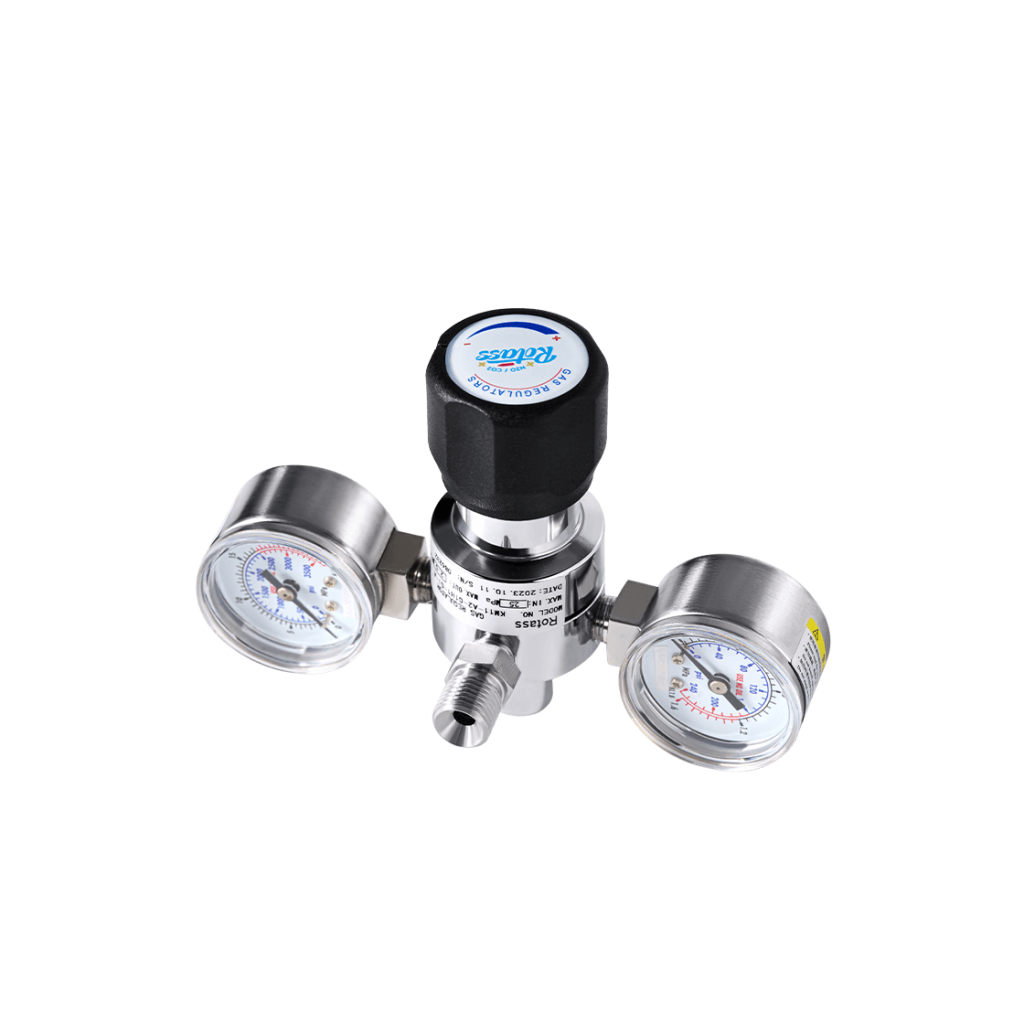2024 / 04 / 18
What Are the Trends in Sparkling Water in The World?
Sparkling water is compatible and can be paired with other drinks: juice, wine, coffee, or even coconut water, there are more possibilities. As a result, it will gain popularity. Today, this article will introduce the trends of sparkling water in the world.
Composition of Sparkling Water
From the composition point of view, the composition of sparkling water is simpler and healthier. There are also studies that sparkling water can promote gastrointestinal motility and other effects. Although it can give people a sense of satiety like carbonated drinks, the corrosive effect of this weakly acidic drink is only 1% of that of carbonated drinks.
Sparkling water primarily consists of water and food-grade carbon dioxide. However, other beverage ingredients contain sugar, phosphoric acid, coloring, preservatives, flavoring, caffeine, and other artificial additives.

Trends of Sparkling Water in the U.S.
It has been said that sparkling water is popular for two or three years, and now this market has really taken shape, at least in the United States.
The U.S. sparkling water market will reach 821 million gallons (3.1 billion liters) in 2022.Predicts by Beverage Marketing Corp., an industry research firm.
You may wonder what 821 million gallons means. Based on the 325.7 million U.S. population, 8 fluid ounces (236 milliliters) is the standard glass, equating to 40 glasses of sparkling water (approximately 9463 milliliters) per American year. Although only about 1/15th of the total carbonated soft drinks (37.5 gallons per capita), it has indeed become a considerable primary market.
Carbonated beverages have declined in the U.S. market for 13 consecutive years. In 2017, bottled water surpassed the former to become the largest beverage category in the United States. According to statistics at the time, Americans who loved Coke drank an average of 42 gallons of bottled water per person, including sparkling water.
In other words, 1 bottle of sparkling water is consumed for every 15 bottles of water consumed, and this scale is still growing.
In the past two years, the US sparkling water market scale was 687 million gallons (2017), 591 million gallons (2016), and 492 million gallons (2015). It can also be seen from the chart below that from 2005 to 2009, the sparkling water market in the United States has not changed much, almost 1/3 of the current size, and has ushered in strong growth every year since 2014.

With the light food trend with less sugar and lower calorie trends going on, sparkling water is one of the beneficiaries of the entire consumption environment. On a gustatory level, its fizzy mouthfeel offers a little comfort to fizzy drink lovers.
Some analysts say that human beings’ dependence on carbonated drinks is like liking spicy food. The slight pain response caused by carbon dioxide to the brain nerves will give you a sense of stimulation. Some media even linked Germans’ preference for sparkling water with their pursuit of excitement and moved out the data that Germany has the fourth most roller coasters in the world to explain Germany’s sparkling water culture.
Trends of Sparkling Water in Other Countries
In August 2022, PepsiCo announced that it would spend $3.2 billion to buy SodaStream, which shows its confidence in sparkling products. Coca-Cola acquired Mexican sparkling water maker Topo Chico in October 2017, giving it its first sparkling water brand. Nestle launched Perrier in strawberry and watermelon flavors this year. It will also increase investment in the field of sparkling water: invest 200 million euros to add 3 Perrier water production lines in France, which is expected to increase production to more than 40%, supply local, and export.
Not only in the United States, but sparkling water also has significant growth in many other major markets in the world. Sales of sparkling water in the Chinese market reached $413 million in 2017, up 24 percent from 2014, according to market research firm Euromonitor. In contrast, bottled drinking water has only grown in the past three years. 5%.
In the Chinese market, sparkling water is in line with the trend of upgrading beverage consumption, and people are willing to spend a little more to drink something good.










